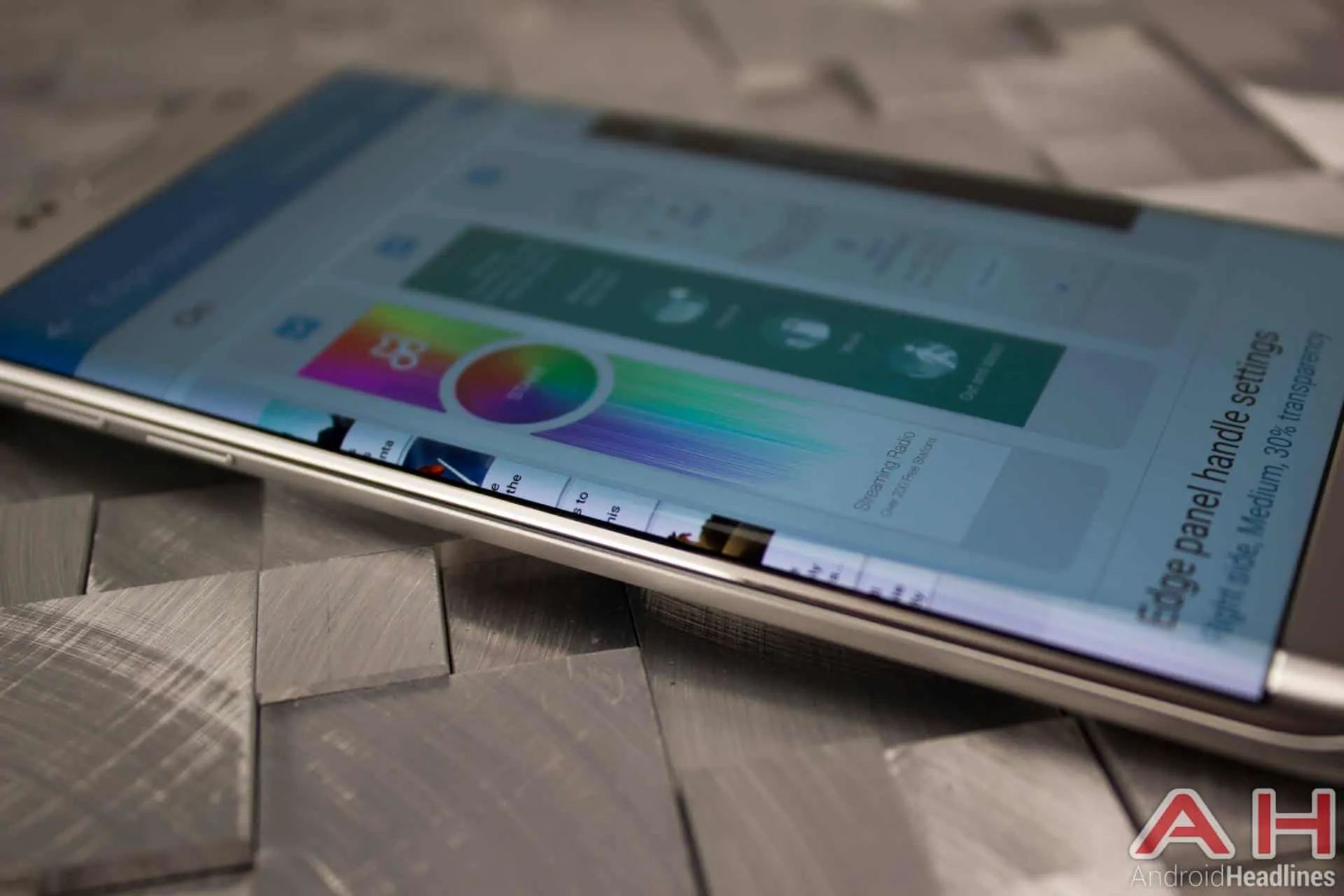Virtually all flagship smartphones released in 2017 will use organic light-emitting diode (OLED) panels manufactured by Samsung Display, according to Dr. Raymond Soneira, the President of DisplayMate Technologies, an Amherst, New Hampshire-based display calibration and consulting firm. Samsung Display is currently holding around 95 percent of the market for small OLED panels used in contemporary smartphones, and only LG Display is presently manufacturing small OLED panels in any significant quantities. However, Samsung’s domestic rival is still focused on shipping display panels for smartwatches instead of phones. While numerous companies are investing into their OLED production operations, none of them will be able to start mass-producing OLED display panels before 2018, meaning Samsung’s dominance in this segment will remain unchallenged over the course of this year.
Even though every original equipment manufacturer (OEM) looking to ship a high-end smartphone in 2017 will likely have to equip it with a Samsung Display-made OLED panel, Soneira believes that phone makers will have more options when it comes to choosing software designed to calibrate and optimize their displays. Even though it’s possible that one particular provider of calibration software will be the dominant display software supplier in 2017 just like Samsung Display will dominate the hardware segment, Soneira doesn’t believe that’s a likely scenario seeing how OEMs will presumably want to differentiate their devices. As they will already have no other choice but to implement OLED panels made by Samsung Display, OEMs will turn to software to make their flagship smartphones stand out from the competition, the President of DisplayMate Technologies predicts.

Phone makers will also have a lot of other options to innovate and separate their products from those of their rivals. Proprietary launchers like OxygenOS and TouchWiz are the most commonly utilized method for differentiating smartphones with software, and that trend will likely continue in 2017, especially in the premium segment of the smartphone market. However, OEMs might also opt to include more calibration settings, display modes, and unique display features to create devices that are distinguishable from the competition despite featuring similar hardware. Seeing how all flagship phones this year will likely sport similar OLED panels, smartphone manufacturers will not only have to work harder than ever to introduce innovative software features but also efficiently combine them into a satisfying user experience to attract consumers, Soneira says.
The upcoming Samsung Galaxy S8 will reportedly ship in two variants, but both are rumored to feature flexible OLED curved screens, signaling that this display type will become the new standard for what’s considered to be a flagship display panel. The panel of the discontinued Galaxy Note 7 covered the DCI-P3 color gamut instead of the Adobe RGB gamut supported by the Galaxy S7 and the Galaxy S7 Edge. Due to that fact, Soneira is certain that the Galaxy S8 will also support the DCI-P3 color gamut which not only provides an upgrade over the Galaxy S7 and the Galaxy S7 Edge but also puts additional pressure on other OEMs to ship devices with comparable panels; panels that Samsung Display happens to be manufacturing. However, the Galaxy S8 will also likely support various standard color gamuts just like its predecessors, meaning users will have to make sure to switch to a screen mode that corresponds to the color gamut of the content they’re watching for an optimal experience.

If rumors of an almost bezel-less design are accurate, Samsung will have to change the shape and resolution of the Galaxy S8 screen to ship a device that isn’t significantly larger than its predecessors. With that in mind, Soneira is guessing that the display of the Galaxy S8 will feature an 18:9 aspect ratio, while its resolution will range from 2880 x 1440 to 4320 x 2160, i.e. 4K territory. Finally, the display panel of Samsung’s upcoming flagship will presumably have a peak brightness of over 1,000 nits, just like the one featured in the Galaxy Note 7 did.

Unlike Samsung’s next high-end offering, the Google Pixel 2 will likely be equipped with a flat OLED display, as Soneira doesn’t believe that the Mountain View-based tech giant and its partners will have enough time to develop all of the custom software that’s needed to calibrate and optimize a curved panel. However, the display of the Pixel successor will otherwise probably be similar to that featured in the Galaxy S8. Overall, Samsung Display seemingly has another lucrative year ahead of it, but seeing how its rivals are slowly catching up, the South Korean company likely isn’t resting on its laurels and will be looking to innovate in this segment in order to maintain its dominance in the market for smartphone OLED panels.

